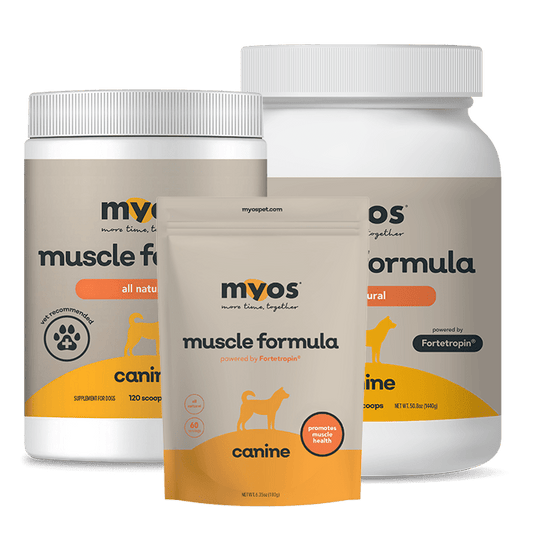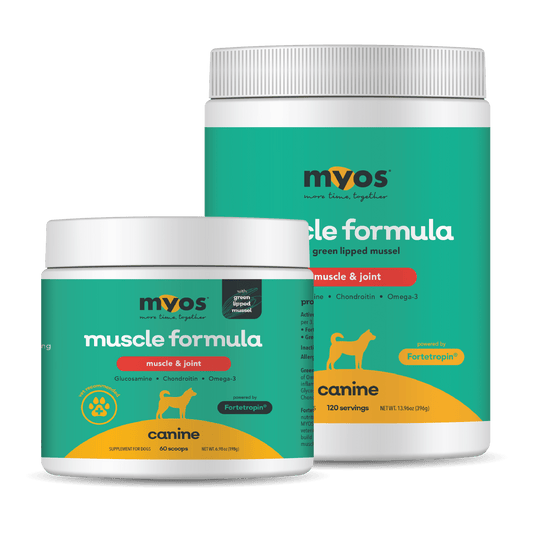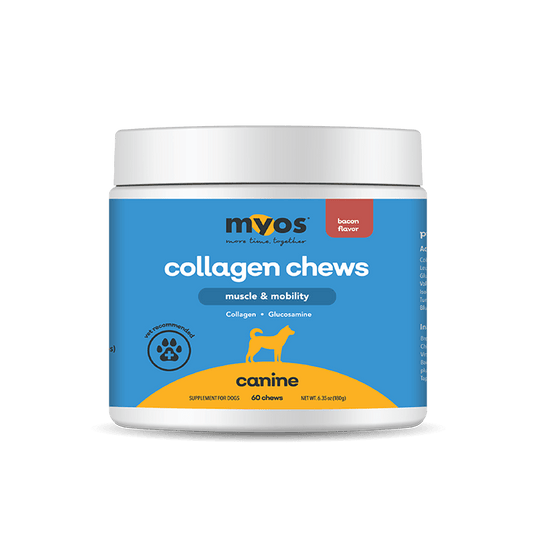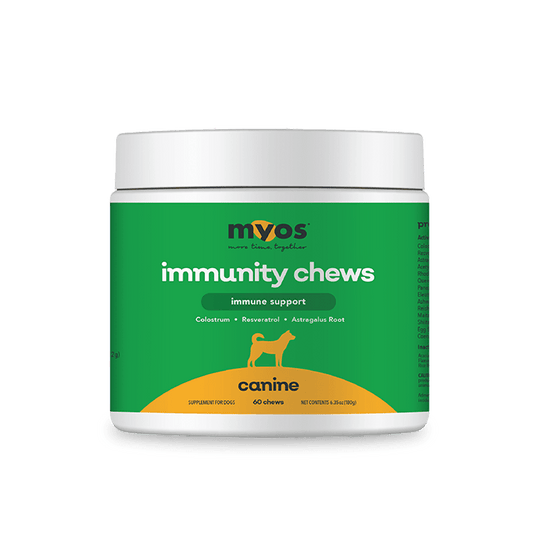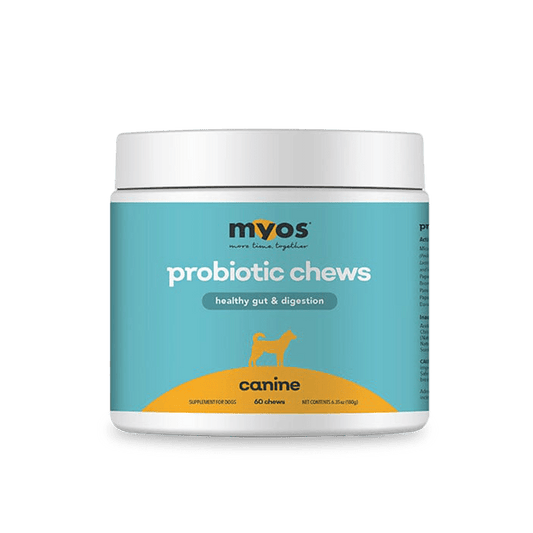
As dog owners, it's important to understand the language our furry companions speak beyond barks and whines. Dogs communicate through body language, which provides valuable insights into their emotions and needs. By decoding your dog's signals, you can strengthen your bond and ensure their well-being. Let's explore some key aspects of dog body language:
Tail Wagging: It's Not Always Happiness
A wagging tail doesn't always mean your dog is happy. Pay attention to the position and speed of the wag. A relaxed, gentle wag at a neutral level indicates contentment. A high, stiff wag might signal arousal or potential aggression, while a tucked tail between the hind legs signifies fear or submission.
Ears: The Tell-Tale Sign of Emotion
Your dog's ears are highly expressive. Erect ears facing forward show attentiveness, while flattened ears against the head indicate fear or anxiety. Tightly pinned-back ears may suggest pain or discomfort. Observe your dog's ears to understand their emotional well-being.
Eye Contact: The Power of Connection
Direct eye contact can be interpreted as a challenge or threat to dogs. A relaxed, soft gaze with blinking eyes signifies trust and affection. However, a fixed, intense stare can indicate aggression or dominance. Respect your dog's boundaries and use eye contact to build a stronger bond.
Body Posture: Confidence and Anxiety
A dog's body posture reveals much about their emotions. A loose, upright stance with weight evenly distributed on all four paws signals confidence and relaxation. Cowering, trembling, or a lowered body posture indicates anxiety or fear. Stiffness and raised hackles often suggest aggression or defensiveness.
Muscle Strength: A Signal of Physical Condition
Dog body language also includes physical signals related to muscle strength. If your dog's muscles appear weak or they struggle to perform certain movements, it could indicate pain, injury, or an underlying health issue. Pay attention to any changes in your dog's physical abilities or discomfort they may exhibit.
MYOS Muscle Formula is a supplement that supports your dog's muscle strength and overall physical condition. By promoting lean muscle mass and providing essential nutrients, it enhances strength, mobility, and vitality. Incorporating MYOS Muscle Formula into your dog's routine helps address muscle weakness, ensuring optimal muscle health and improved quality of life!
Facial Expressions: Beyond the Tail Wag
Facial cues offer deeper insights into your dog's emotions. A relaxed, open mouth with a slightly panting tongue indicates contentment. A closed mouth with clenched jaws might signal stress or agitation. Raised eyebrows, a wrinkled forehead, or a furrowed brow can indicate discomfort or concern.
Understanding your dog's body language enhances your relationship and ensures their well-being. Decode signals by observing tail wagging, ears, eye contact, body posture, facial expressions, and even muscle strength.
Remember that each dog is unique, so consider their individual personality and experiences when interpreting their body language. Becoming fluent in your pet's nonverbal communication'll deepen the bond and create a harmonious connection.

